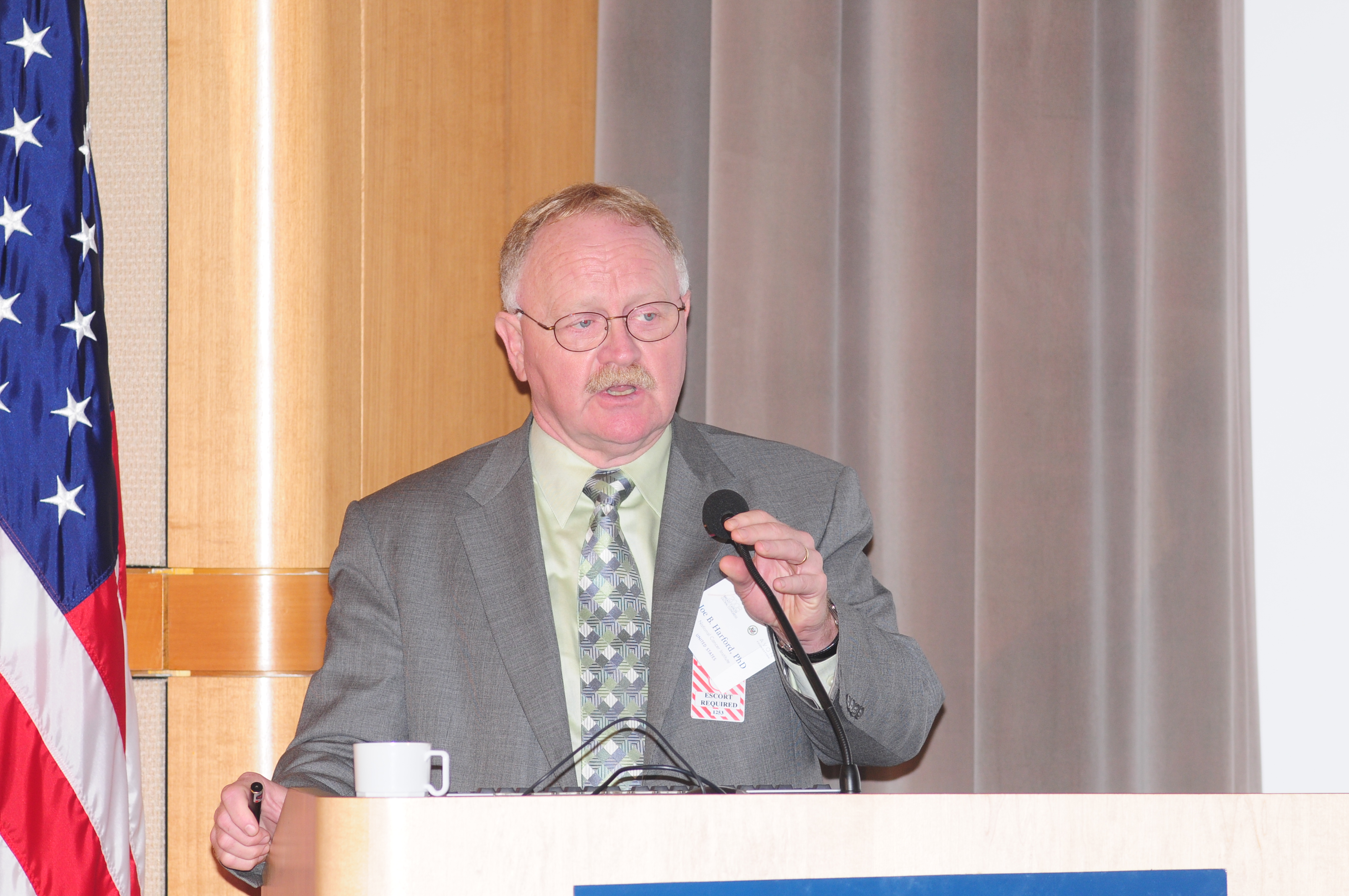November 1st, 2008 by Dr. Val Jones in Expert Interviews
Tags: AAP, American Academy of Pediatrics, Children, Daily Requirements, Dr. Tanya Altmann, Dr. Val Jones, Family Medicine, Guidelines, Humor, Infants, Pediatrics, Podcast, RDA, Toddlers, Vitamin D, Vitamins
2 Comments »

Tanya Altmann, MD
It’s been a little while since I had a “blonde moment” during an expert interview, but this one was pretty funny. I was in the middle of a podcast with Dr. Tanya Altmann, media personality and spokesperson for the American Academy of Pediatrics, about vitamin D – when I thought I heard her say that there were now special formulas of vitamin D for incense.
I knew that Dr. Altmann practiced medicine in Southern California, so I wasn’t terribly surprised about this new method of vitamin delivery. However, I hadn’t heard about vitamin D inhalation previously, so I asked her to explain how this new incense formula worked.
She paused to gather her thoughts and then corrected me: “No, I was saying that there’s a new formula for INFANTS…”
Oh. My bad.
So here’s the rest of our delightful interview. You may want to listen to the podcast, though I did edit out the awkward “incense” section so as not to start a new cult. One doesn’t want to give others too many ideas on the Internet! I hope that Dr. Tanya won’t think less of me for that misunderstanding.
Dr. Val: What is vitamin D, and why do we need it?
Dr. Tanya: Vitamin D is an essential nutrient for your entire body. Although it’s called a vitamin it actually functions as more of a hormone, playing an important role in the immune system. Vitamin D can help to protect people against illness, diabetes, and even cancer, though its role in helping to build strong bones (and protect infants from rickets) is probably its best known attribute.
Dr. Val: Tell me about the new AAP guidelines for infants, children and adolescents. Why did they change?
Dr. Tanya: Based on data collected in several recent research studies, the American Academy of Pediatrics issued new guidelines last month which essentially doubled the recommended daily amount of vitamin D (from 200 to 400 IUs) for infants, children, and adolescents. Historically people were able to get sufficient amounts of vitamin D through sun exposure (the body can create vitamin D when the skin is exposed to sunlight), but now that we need to protect kids from sun’s harmful rays due to future skin cancer risk, vitamin D levels have dropped significantly. Sunscreen, of course, blocks the sun from stimulating the creation of vitamin D in the skin. Read more »
October 28th, 2008 by Dr. Val Jones in Expert Interviews, Health Policy
Tags: Bert Rein, Catherine DeAngelis, Dr. Val Jones, Emergency Medicine, Internal Medicine, JAMA, Lawsuit, Neurology, New York Times, Pharmaceuticals, Phenergan, Podcast, Promethazine, Supreme Court, Wyeth, Wyeth vs. Levine
No Comments »
 |
|
Bert Rein
|
On November 3, 2008 the US Supreme Court will hear opening arguments in the Wyeth vs. Levine case. This highly publicized lawsuit has been discussed by the New York Times and the Journal of the American Medical Association and will likely be the most important case during the upcoming Supreme Court term. However, neither source has fully explained the unexpected consequences to the consumer if Wyeth loses.
To get to the bottom of the issue, I interviewed Bert Rein, attorney for Wyeth. Bert has conducted interviews with NPR and the three major TV news networks. Please enjoy this exclusive podcast interview here at Getting Better with Dr. Val, or read my summary of our conversation below.
Dr.Val: Bert, please summarize for our listeners what has happened so far in the Wyeth vs. Levine case.
Rein: Ms. Levine is a guitarist who suffers from migraine headaches and associated nausea. One day she sought pain management therapy at a clinic in northeast Vermont – the same clinic where she regularly received care. They elected to treat her with a combination of demerol (for pain) and phenergan (for nausea). They delivered the drugs intramuscularly, but several hours later Ms. Levine returned, complaining of an unrelieved migraine headache.
The clinic’s physician realized that the drugs would be more potent if they were injected intra-venously so he asked the PA (physician assistant) to give another dose of the drugs through Ms. Levine’s vein. Unfortunately, the PA inserted a butterfly needle (rather than the usual heplock for an IV) into what she thought was Ms. Levine’s vein, and delivered the phenergan into or near a punctured artery. Phenergan’s label clearly states that the drug can cause tissue necrosis if it comes in contact with arterial blood. Ms. Levine experienced a necrotic reaction to the medication which resulted in the eventual amputation of her arm. She sued the clinic for negligence and was awarded $700,000 dollars in a cash settlement.
Ms. Levine then brought a separate lawsuit against Wyeth, claiming that the phenergan label did not offer sufficient instructions about how to administer it safely, though the risks of necrosis from arterial blood exposure to phenergan are well known and labeled in capital letters as a warning on the drug’s label. Read more »
October 26th, 2008 by Dr. Val Jones in Expert Interviews
Tags: Aetna, American College of Medical Genetics, DNA, DNA Test, Dr. Joanne Armstrong, Dr. Val Jones, Genetic Counselor, Genetic Testing, Geneticist, Genetics, How Do I Find A Genetic Test, Intelihealth, National Society for Genetic Counselors, Podcast, SNPs
1 Comment »
 |
|
Dr. Armstrong
|
Genetic testing is all the rage. Thousands of tests are now available over the Internet, costing people anything from $60 to $3000 per test. While some DNA sequences are fairly well understood (like the BrCA gene or the chromosomal anomaly that causes Down’s Syndrome), most of them are only loosely associated with specific diseases and health outcomes. Experts agree that one day we’ll have a better understanding of the complex interplay of multiple gene sequences, but that day is still far off.
A recent post at GigaOM (h/t to KevinMD ) was critical of genetic testing in general, noting its potentially prohibitively expensive consequences:
Somewhere between 10 and 50 percent of autopsies reveal diseases other than the one that killed the patient. If consumers test themselves, then tell their doctors, the medical system could wind up treating 50 percent more diseases than it does today — even those that wouldn’t have killed the patient.
I interviewed Dr. Joanne Armstrong, senior medical director for Aetna, and assistant professor of obstetrics and gynecology at Baylor College of Medicine in Houston, Texas, about the current state of genetic testing. To listen to the full conversation, please click here.
Dr. Val: First of all, could you tell me a little bit about your work, and what got you interested in genetics in the first place?
Dr. Armstrong: I am the head of the Women’s Health division of Aetna, and about 8 years ago when BrCA testing (the test for predisposition to breast and ovarian cancer) became widely available, I began thinking about the educational initiatives that needed to support this testing. I knew that it would become part of mainstream medical practice and wanted to make sure that patients understood the tests and what to do about them.
Dr. Val: In your view, what are some legitimate and appropriate genetic tests?
Dr. Armstrong: There are about 1200 genetic tests available now, and most of them are not medically appropriate or clinically valid. Read more »
October 19th, 2008 by Dr. Val Jones in Expert Interviews
Tags: 2008 Breast Cancer Global Congress, Avon, Avon Foundation, Breast Cancer, Complementary And Alternative Medicine, Dr. Joe Harford, Dr. Val Jones, getbetterhealth.com, International, Oncology, Plastic Surgery, US Department of State
No Comments »

Even though I live in DC it was my first visit to the Department of State. I was surprised by the level of security (I passed through 2 metal detectors to get to the conference) and the multitude of languages spoken by the attendees. Many were wearing headphones, which were connected to a translator service. The lectures were rapidly translated into the various languages of the audience members (the way it would for the United Nations meetings), though I enjoyed the ability to listen directly to the speakers in my native tongue.
I was able to interview a keynote speaker, Joe Harford, Ph.D., the Director of the Office of International Affairs, of the National Cancer Institute. Here’s what he had to say:
Dr. Val: Why is the risk of breast cancer (in the US) greater now than in previous generations?
Dr. Harford: The main cause of the increase is related to changes in reproductive patterns within the population as a whole. Women who have fewer children (and later in life) tend to have higher risk of breast cancer. This is associated with hormones – the breast is a hormonally responsive organ and breast cells that convert to tumor cells also have hormone receptivity. Pregnancy and breast feeding are protective for breast tissue. Women can check out their risk for developing breast cancer by filling out this
short, online assessment tool at the NCI.
Read more »
October 13th, 2008 by Dr. Val Jones in Expert Interviews
Tags: Family Medicine, Men's Health, Pain Management, Urology
2 Comments »
My friend Dr. Joe Scherger and I enjoyed a sunny Sunday brunch at a garden eatery in DC. Unfortunately for the neighboring restaurant-goers, we engaged in a very loud and animated conversation about vasectomies. Joe is a family physician and men’s health expert who has recently become aware of “post vasectomy pain syndrome” through an online group that he leads. I noticed two men nearby crossing their legs reflexively and pretending not to be eavesdropping.
Apparently, as many as 10-15% of men may experience a prolonged period of testicular pain after undergoing a vasectomy. As common a complication as this is, Joe believes that very few men are sufficiently warned about it during the informed consent process. The pain may be caused by swelling (once the vas deferens is cut there is no exit point for newly generated sperm) or inflammation. In some cases, the body forms “anti-sperm” antibodies and attacks the sperm generating tissues in the testes. In other cases, small nerves in the area are damaged and heal poorly (causing neuromas).
So if you or your loved one is considering a vasectomy, it’s important to learn all the facts first. You may want to stop by Joe’s online group to ask a question as well.















